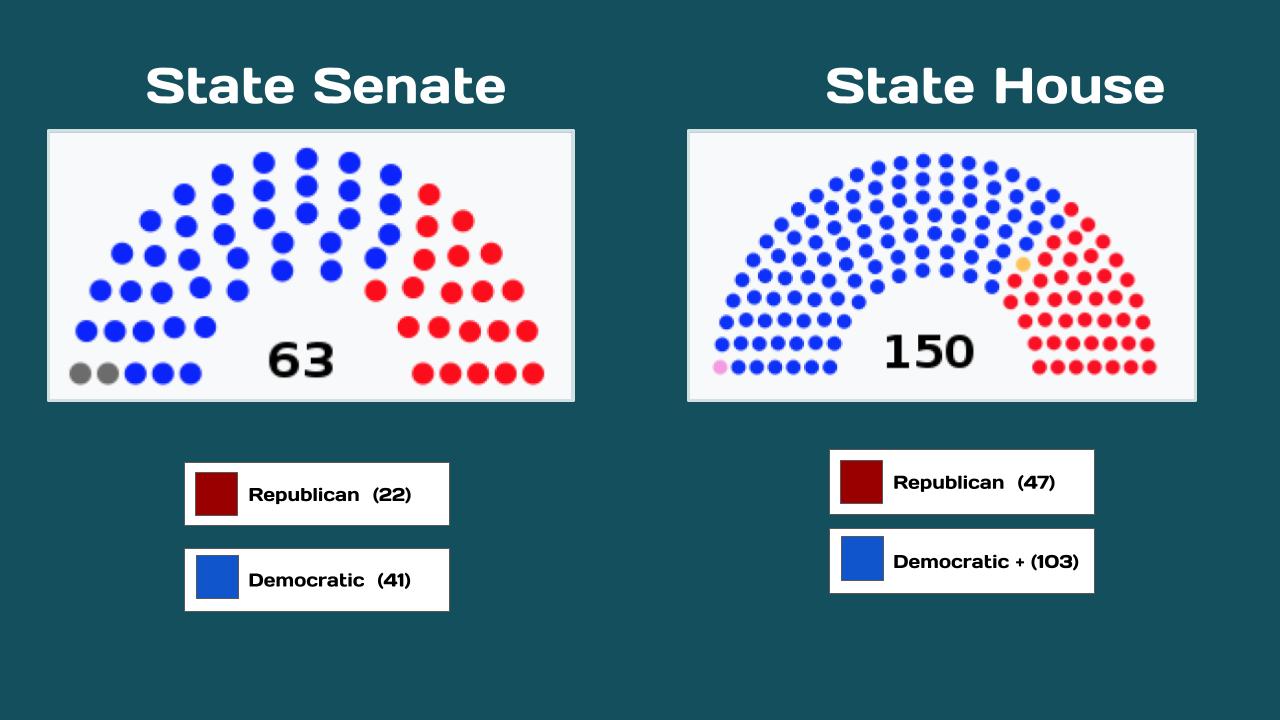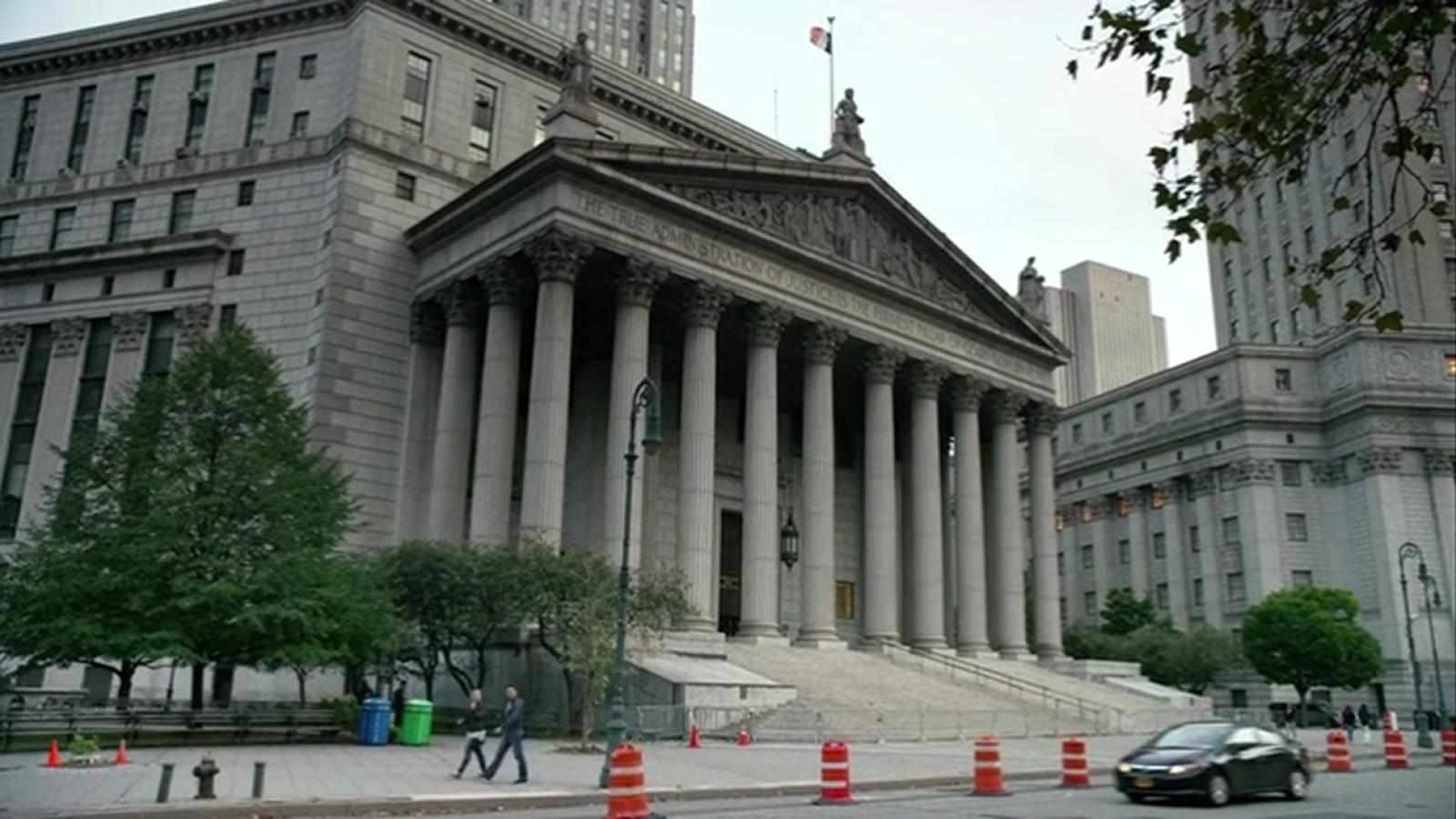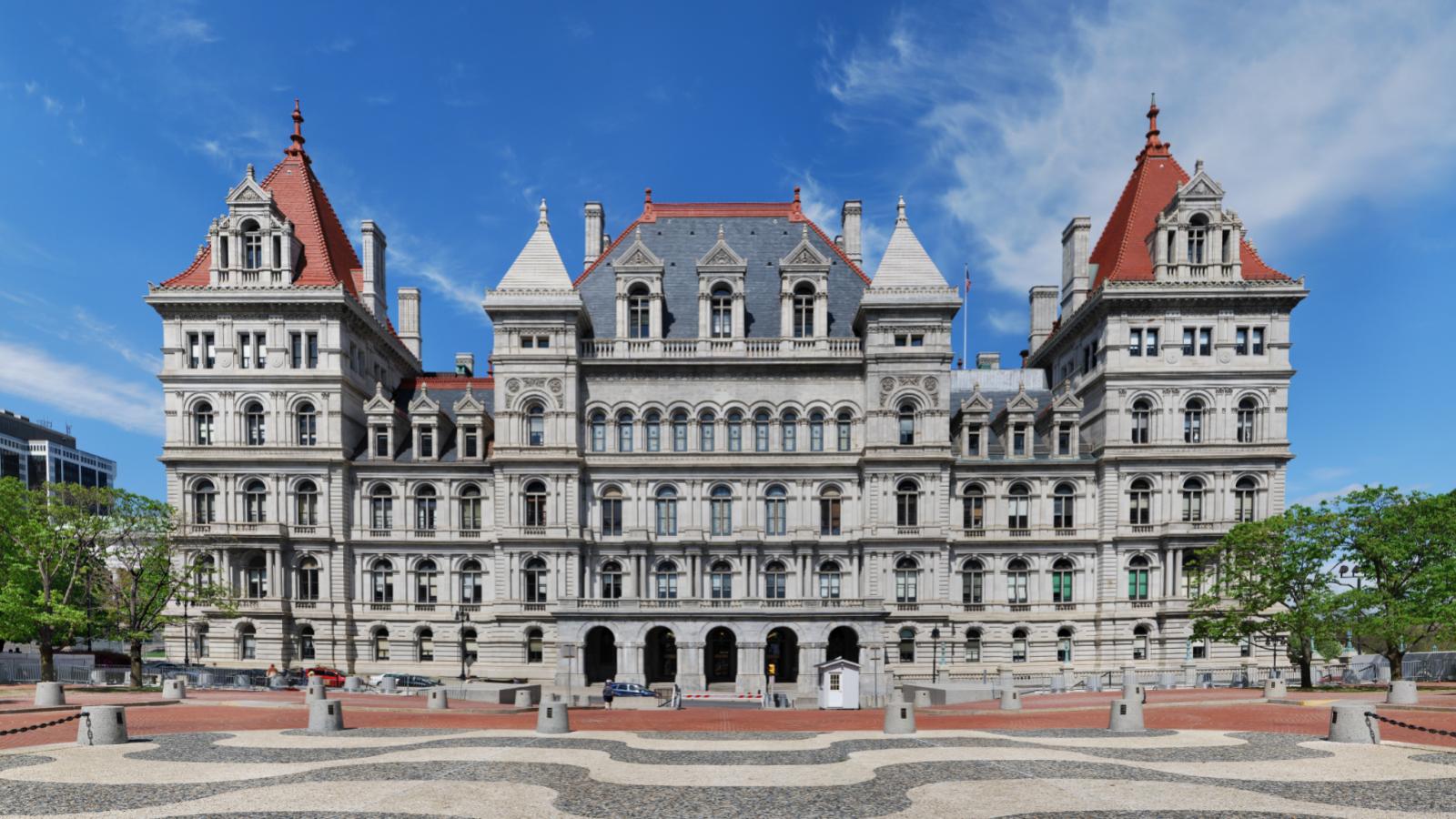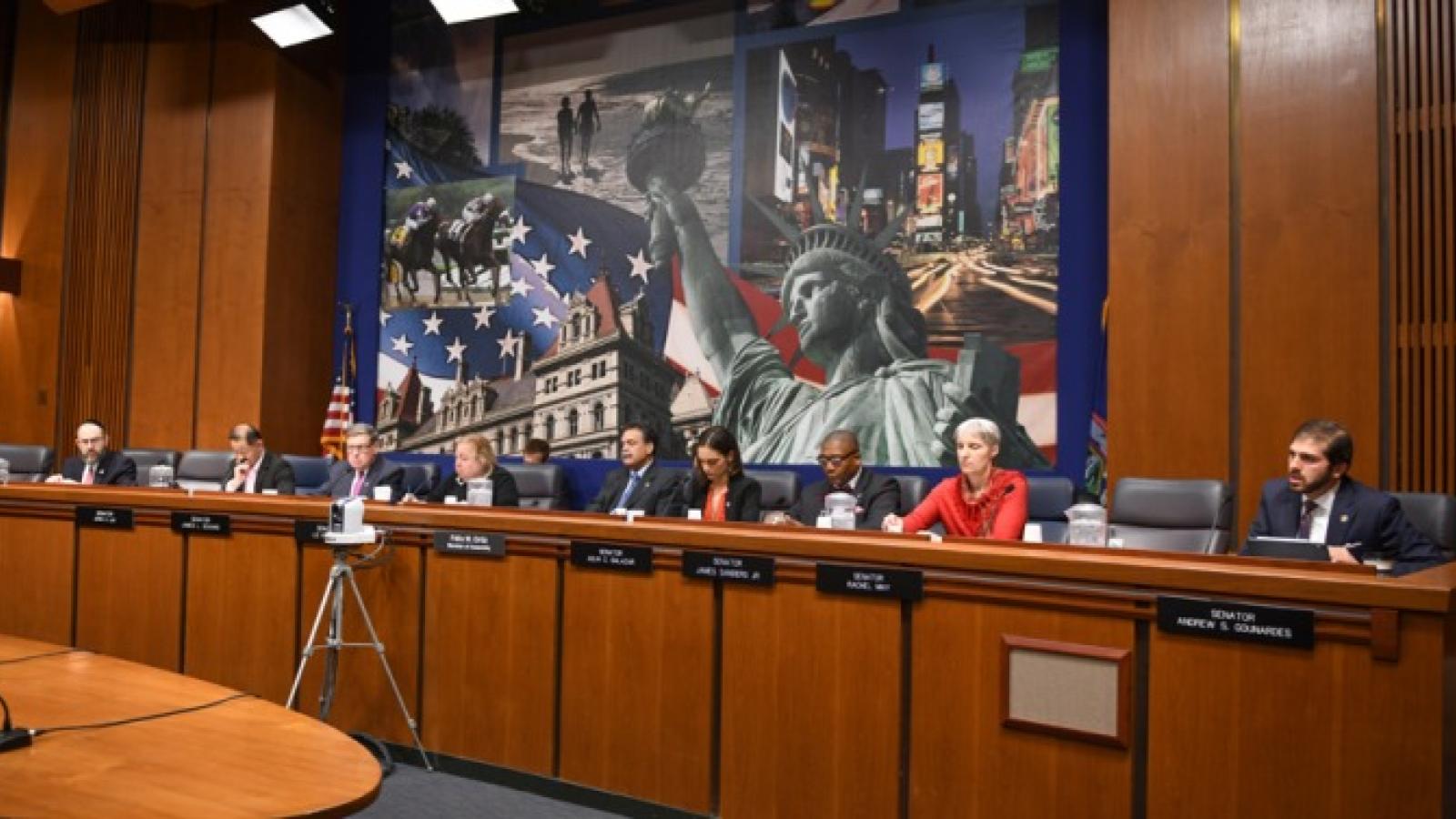The New York State Legislature consists of the two houses that act as the state legislature of the U.S. state of New York: The New York State Senate and the New York State Assembly. The New York Constitution does not designate an official term for the two houses together; it says only that the state’s legislative power “shall be vested in the senate and assembly”. Session laws passed by the Legislature are published in the official Laws of New York. Permanent New York laws of a general nature are codified in the Consolidated Laws of New York.
As of January 2021, the Democratic Party holds supermajorities in both houses of the New York State Legislature, which is the highest paid state legislature in the country.
Legislative elections are held in November of every even-numbered year. Both Assembly members and Senators serve two-year terms.
In order to be a member of either house, one must be a citizen of the United States, a resident of the state of New York for at least five years, and a resident of the district for at least one year prior to election.
The Assembly consists of 150 members; they are each chosen from a single-member district. The New York Constitution allows the number of Senate seats to vary; as of 2014, the Senate had 63 seats. As of 2009, the New York State Legislature had 2,700 employees, more than any other state legislature except for the Pennsylvania General Assembly.
Source: Wikipedia
OnAir Post: NY Legislature





